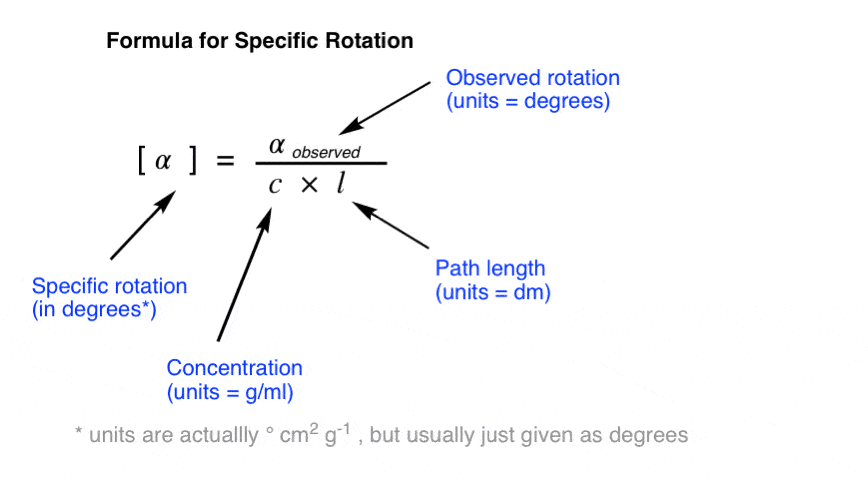What is the difference between OR and SOR
OR is the rotation of light when it passed through optically active compound solution at normal temperature (not specified).
SOR means examine the same at specific temperature like at 25C.
The optical rotation is the angle through which the plane of polarization is rotated when polarized light passes through a layer of a liquid. Substances are described as dextrorotatory or levorotatory according to whether the plane of polarization is rotated clockwise or counterclockwise, respectively, as determined by viewing towards the light source. Dextrorotation is designated (+) and levorotation is designated (-). The optical rotation is measured on a layer of suitable thickness at the wavelength specified in the monograph
The specific optical rotation of a liquid substance is the angle of rotation measured as specified in the monograph, calculated with reference to a layer 100 mm thick, and divided by the relative density (specific gravity) measured at the temperature at which the rotation is measured.
The “specific rotation” of a molecule is the “rotation in degrees” observed upon passing polarized light through a “path length” of 1 decimetre (dm) at a “concentration” of 1 g/mL.
To convert an observed rotation to specific rotation, divide the observed rotation by the concentration in g/mL and the path length in decimeters (dm).
For reporting purposes, the specific rotation is usually accompanied by the wavelength (often the D-line of sodium, 589 nm) and the temperature of solution at which determination is made.
